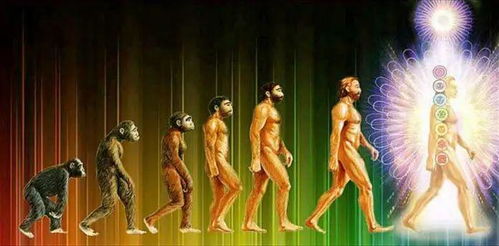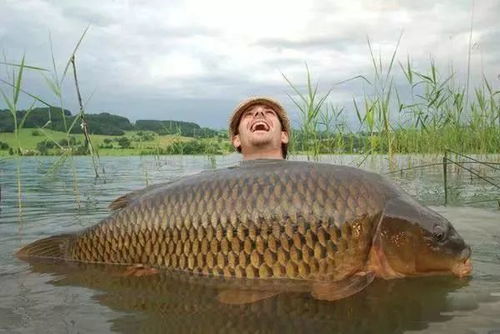Content:
In the serene world of fishing, there's a unique joy that comes with not just catching fish but also nurturing them. One innovative way to do this is by using a fishing box as a temporary or semi-permanent habitat for your aquatic companions. Whether you're a seasoned angler or a beginner looking to explore the world of fish keeping, here are some essential tips to help you master the art of fish keeping in a fishing box.
Selecting the Right Fishing Box
The first step in setting up a successful fish keeping environment is choosing the right fishing box. Here are some key factors to consider:
- Size: Ensure the box is large enough to accommodate the fish species you plan to keep. A general rule of thumb is to have at least 10 gallons of water per fish.
- Material: Opt for a sturdy, non-toxic material that won't leach harmful substances into the water. Plastic or fiberglass are good choices.
- Ventilation: The box should have adequate ventilation to prevent overheating and allow for gas exchange. Ensure there are no gaps that could let fish escape.
Preparing the Water
The quality of the water is crucial for the health of your fish. Here's how to prepare your fishing box:
- Water Source: Use dechlorinated water, as tap water often contains chlorine that can harm fish.
- Temperature: Keep the water temperature stable and suitable for the species you're keeping. Use a reliable aquarium thermometer to monitor the temperature.
- pH Level: Test the pH level of the water and adjust it if necessary. Most fish thrive in a pH range of 6.5 to 7.5.
- Aeration: Use an air pump and air stones to provide adequate oxygenation in the water.
Adding Substrates and Decorations

Creating a natural environment can significantly improve the well-being of your fish. Here's what to do:
- Gravel or Sand: A layer of gravel or sand at the bottom of the box provides a natural habitat and helps with waste filtration.
- Plants: Live plants can improve water quality by absorbing nitrates and providing a place for fish to hide and spawn.
- Decorations: Add rocks, driftwood, and artificial caves to simulate a natural habitat and reduce stress on the fish.
Introducing Fish to the Box
When introducing fish to your fishing box, it's important to do so carefully to avoid stress and disease:
- Acclimate Fish: Allow the fish to acclimate to the new environment by floating the bag in the box for about 15-20 minutes before releasing them.
- Avoid Overcrowding: Do not overcrowd the box, as this can lead to poor water quality and stress.
- Monitor for Disease: Keep an eye out for signs of disease or stress in your fish and treat them promptly.
Regular Maintenance
To keep your fish healthy and happy, regular maintenance is essential:
- Water Changes: Change a portion of the water (10-20%) every week to maintain water quality.
- Filtering: Use a filter to remove waste and debris from the water. If your box is too small for a traditional filter, consider using a sponge filter or a simple filter bag.
- Feeding: Feed your fish a balanced diet appropriate for their species. Overfeeding can lead to poor water quality, so only feed what they can consume in a few minutes.
Learning from Experience
Fish keeping in a fishing box is a learning experience. Be prepared to learn from any mistakes and adapt your approach as needed. Keep a journal of your observations and maintenance routines to help you track progress and identify any issues early on.
In conclusion, keeping fish in a fishing box can be a rewarding and educational experience. By following these tips, you can create a healthy and enjoyable environment for your aquatic companions. Whether you're using a fishing box as a temporary holding tank or as a permanent home for your fish, these guidelines will help you on your journey to becoming a master fish keeper. Happy fishing and fish keeping!












